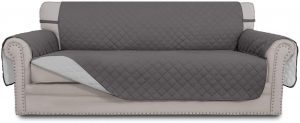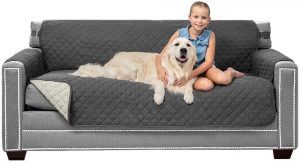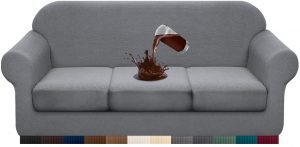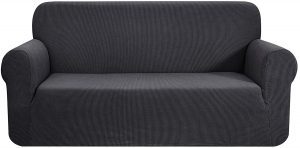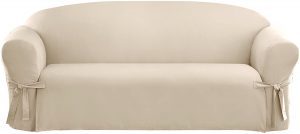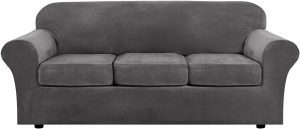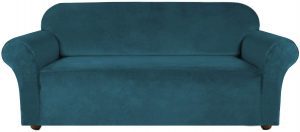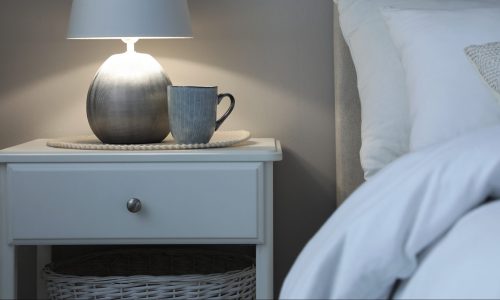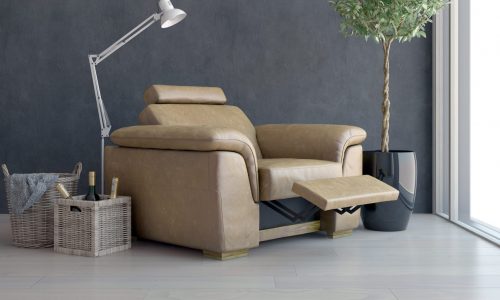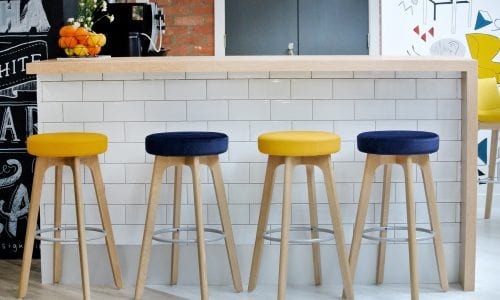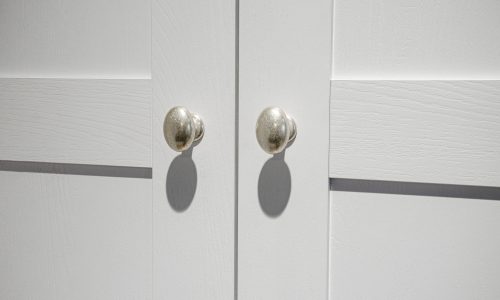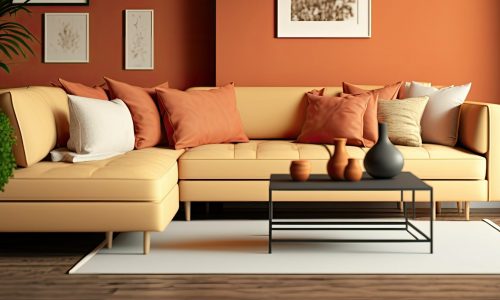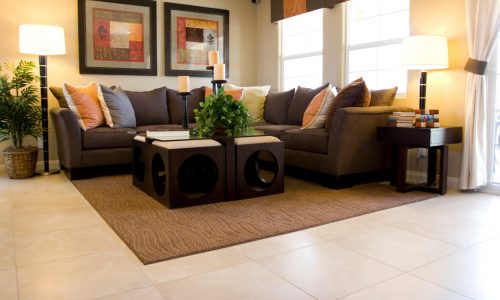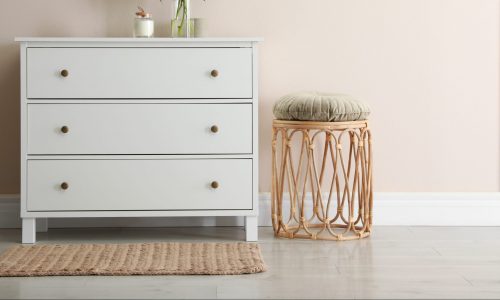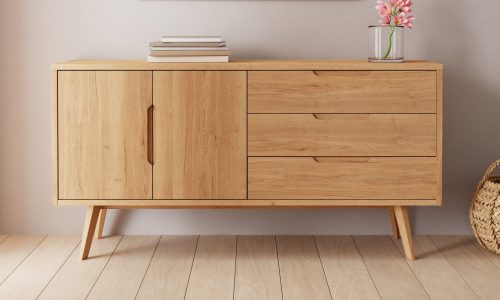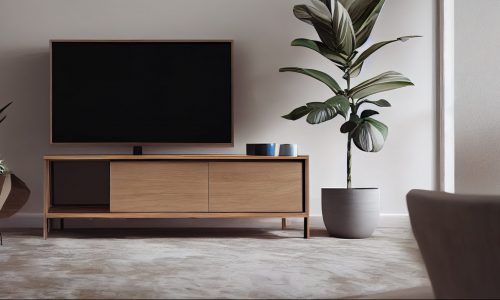The Best Sofa Slipcovers
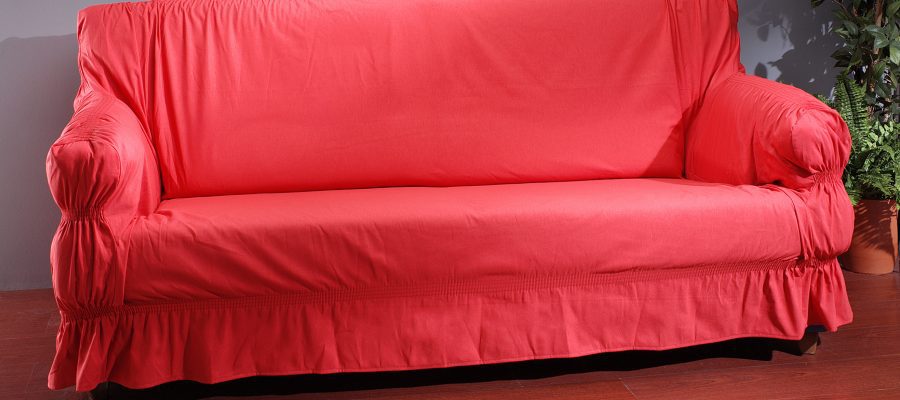
Our Review Process
Don't Waste Your Money is focused on helping you make the best purchasing decision. Our team of experts spends hundreds of hours analyzing, testing, and researching products so you don't have to. Learn more.
Our Picks For The Top Sofa Slipcovers
- 1. Easy-Going Water Resistant Microfiber Sofa Slipcover
- 2. Sofa Shield Tear Resistant Reversible Sofa Slipcover
- 3. Granbest Separate Cushion Covers Sofa Slipcover, 4-Piece
- 4. SureFit Relaxed Fit Straight Skirt Sofa Slipcover
- 5. CHUN YI Elasticized Bottom Sofa Slipcover
- 6. MAYTEX Pixel Separate Seat Cover Sofa Slipcover, 2-Piece
- 7. H.VERSAILTEX Individual Seat Cushion Covers Sofa Slipcover, 4-Piece
- 8. Turquoize Wrinkle-Free Velvet Plush Fabric Sofa Slipcover
If you need to guard your sofa from pet or kid mishaps, this cover hits all the marks. Foam inserts on the sides help it stay stable, and the material is comfortable. After spills, it's a simple matter to clean the cover in most washing machines.
Soft and StableThis slipcover stays put and cleans easily.
This large-size cover is ideal for those with rowdy pets. The fabric is soft enough to sleep on but tough enough to stand up to scuffing. The wider size and convenient straps help keep it in place even during playtime.
Fits Big FurnitureKeep your couch safe with this durable cover.
The polyester / spandex fabric on this cover isn't just form-fitting. It's also water-repellent, which makes it easy to clean when spills happen. The material is also quite thick, yet with still wash capably in a washing machine.
Keeps Stains AwayThe water-repellent material is a bonus for parents.
Thanks to the durable polyester blend material, most spills can be wiped up without a stain. There's enough stretch in the fabric that it can fit many different sizes of sofa, and the foam inserts keep it tightly in place. When it's washing time, the cover comes off quickly.
Nice, Tight FitGuard against spills with this soft but tough cover.
Buying Guide
Technically, we may spend most of our time in bed. But it’s in the living room — specifically the sofa — where we do most of our living. And unfortunately for many of us, it shows. Dogs, cats and roughhousing kids can all accelerate the regular wear and tear on your couch’s fabric. If your sofa doesn’t look nice, the living room can’t look nice no matter how attractive the decor is. Luckily, there’s a way to protect it and still keep things comfy: The sofa slipcover.
Your grandparents may have simply used blankets or quilts to keep their furniture safe, but slipcovers have come a long way since then. Nowadays you can find fitted covers that tuck into all the crevices of your couch and look like a second skin. Choose the right one, and you can expect both your couch and cover to last a lifetime.
The first thing you need to do when buying a slipcover is size things up. Measure the outside edges of your sofa front to back and side to side, or consult the manufacturer’s specs to get an exact measurement. This kind of info should be all you need for most fitted slipcovers, unless you’re getting the kind that will fit your cushions individually. In that case, you’ll need length, width and depth for those as well.
When shopping for slipcovers, you’ll find many different configurations. And while their primary purpose is to protect your couch, keep the looks in mind as well. If you’ve got a classically-built sofa with carved legs or exposed wood on the armrests, you want to make sure those elements aren’t covered up. Not only will the cover not protect those parts, it’ll make the entire piece of furniture very unappealing.
MORE: The Best Recliner Slipcovers
Most covers tuck tightly into the sides and under the cushions, but you’ll want to consider how much use the couch gets when determining how they stay tucked. Is your couch primarily for low-key relaxation? A stretch-fit slipcover might be all you need. These one-piece versions are easy to put on and take off, and they’ll fit snugly as long as there’s not much movement. Got kids or pets that are prone to crawling along the furniture? You might opt for a slipcover with straps or ties that keep things tighter. Separate covers for the cushions are usually the most expensive option, but visitors likely won’t be able to tell you’re using a slipcover at all (as long as you’ve got the correct size).
You’ll need to weigh the same balance of form and function when choosing your material. If that couch is a frequent playground, your best bet is probably a denim or faux leather slipcover. Not only will they resist tearing, but both materials can handle their share of spills. Faux leather or vinyl in particular can simply be wiped clean, though they may not be the most comfortable covers to sit on.
Polyester or microfiber covers are much softer, and they tend to have a less distinctive look. Both can handle stains well and won’t wrinkle easily, though major messes might necessitate a deep clean in the washing machine.
Cotton or linen covers are going to feel and look elegant, though you may have to occasionally smooth them out. They’re not the best at handling stains, but are certainly better than no cover at all. In the end, it’s all about choosing the cover that fits your sofa and your lifestyle.
What to Look For
Slipcovers aren’t just a way to protect your precious, brand new sofa. Many use them as a way to breathe new life into old couches if they can’t afford reupholstering. That’s certainly a viable option if you’re buying for looks alone. If you need to cover up some patchy spots, make sure you choose a thicker material such as denim or twill that you can’t see or feel through easily.
Still, keep in mind that slipcovers won’t make your couch much more comfortable no matter what kind of fabric you buy. If your sofa is worn down to the point that it is sagging or springs are poking through, it might be time to bite the bullet and buy a new one.
More to Explore
It’s hard to find a clear plastic slipcover these days, and that’s probably for the best. Sure, they protected your sofa — by making it nigh-impossible to sit on. Still, these relics of furniture decor were a bit hit for a generation or two following the 1950’s, largely because plastic was still a technological marvel.

